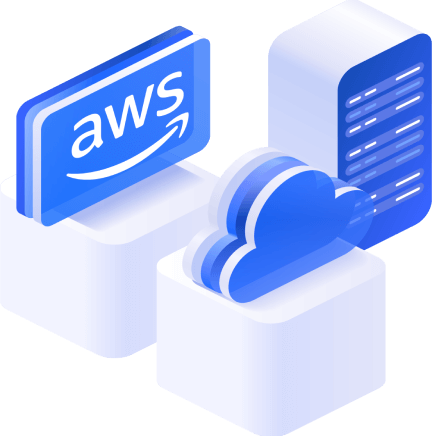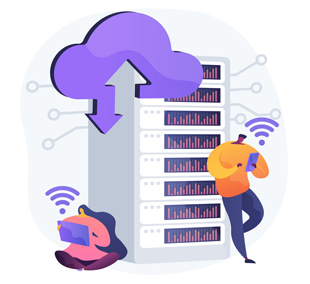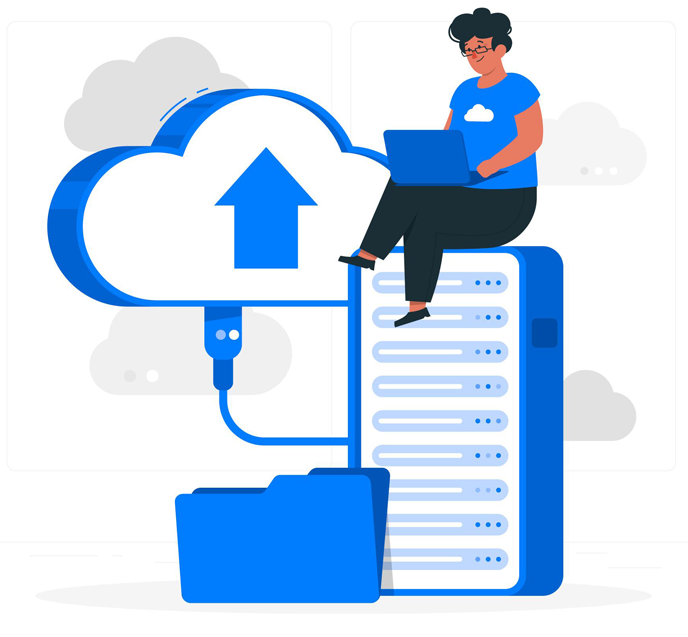On Premises to AWS
Services
Migrating from on-premises infrastructure to AWS (Amazon Web Services) offers numerous benefits for organizations, including increased scalability, flexibility, cost savings, and enhanced security.

Begin by evaluating your existing on-premises infrastructure and applications. Identify the dependencies, resource requirements, and potential challenges for migration.
 Designing the AWS architecture
Designing the AWS architecture
Plan and design your AWS architecture based on your specific requirements and objectives. Leverage AWS services such as Amazon EC2 for compute, Amazon S3 for storage, and Amazon RDS for databases, among others.
 Data Migration
Data Migration
Develop a strategy for migrating your data from on-premises storage systems to AWS. This can involve transferring data directly over the network, using AWS Snowball for large-scale data migration
 Application Migration
Application Migration
Determine the best approach for migrating your applications to AWS. This can involve rehosting (lift and shift) by replicating your on-premises environment in AWS rebuilding applications.
Plan the network architecture and connectivity between your on-premises environment and AWS. Configure Virtual Private Cloud (VPC) in AWS to establish a secure and isolated network environment. Set up Virtual Private Network (VPN) or Direct Connect to establish secure connections between on-premises and AWS resources.


Ensure proper security measures are in place when migrating to AWS. Implement AWS Identity and Access Management (IAM) to manage user access and permissions. Use AWS Security services, such as AWS Identity and Access Management (IAM) and AWS Key Management Service (KMS), to safeguard data and resources. Address compliance requirements specific to your industry or region.

Before we put our thinking caps on, tell us a few things about yourself